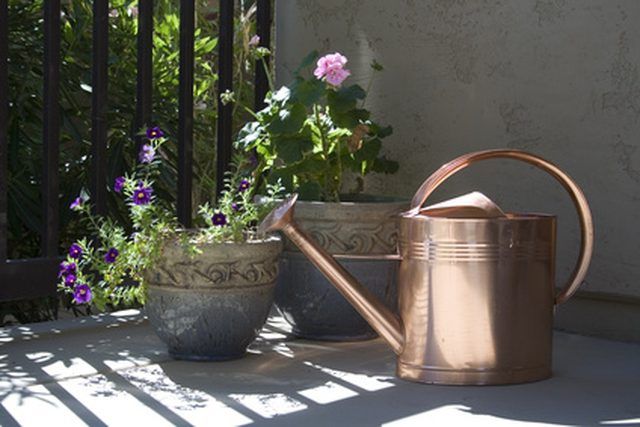Bulbs
Flower Basics
Flower Beds & Specialty Gardens
Flower Garden
Garden Furniture
Garden Gnomes
Garden Seeds
Garden Sheds
Garden Statues
Garden Tools & Supplies
Gardening Basics
Green & Organic
Groundcovers & Vines
Growing Annuals
Growing Basil
Growing Beans
Growing Berries
Growing Blueberries
Growing Cactus
Growing Corn
Growing Cotton
Growing Edibles
Growing Flowers
Growing Garlic
Growing Grapes
Growing Grass
Growing Herbs
Growing Jasmine
Growing Mint
Growing Mushrooms
Orchids
Growing Peanuts
Growing Perennials
Growing Plants
Growing Rosemary
Growing Roses
Growing Strawberries
Growing Sunflowers
Growing Thyme
Growing Tomatoes
Growing Tulips
Growing Vegetables
Herb Basics
Herb Garden
Indoor Growing
Landscaping Basics
Landscaping Patios
Landscaping Plants
Landscaping Shrubs
Landscaping Trees
Landscaping Walks & Pathways
Lawn Basics
Lawn Maintenance
Lawn Mowers
Lawn Ornaments
Lawn Planting
Lawn Tools
Outdoor Growing
Overall Landscape Planning
Pests, Weeds & Problems
Plant Basics
Rock Garden
Rose Garden
Shrubs
Soil
Specialty Gardens
Trees
Vegetable Garden
Yard Maintenance
How to Age Concrete Planters
How to Age Concrete Planters. Concrete planters are sturdy, durable containers that contain plants. They often have decorative scroll work and patterns on the exterior which become visible as the concrete develops an aged look. New concrete planters take time to develop this look, which occurs through exposure to air, moisture and outside elements....

Concrete planters are sturdy, durable containers that contain plants. They often have decorative scroll work and patterns on the exterior which become visible as the concrete develops an aged look. New concrete planters take time to develop this look, which occurs through exposure to air, moisture and outside elements. You can speed the process of aging a concrete planter using painting techniques that simulate the appearance of age.
Things You'll Need
Plastic paint mixing cup
Latex paint
Water
Paint stirrer
Newspaper
Spray bottle
Paintbrush
Sponge
Pour the latex paint into a plastic paint-mixing cup until you achieve the desired coloring. Suggested colors to mix are browns, greens, yellow, gray and small amounts of black. Start with a base of one cup of gray and add the other colors 1 tsp. at a time until the desired color is achieved.
Add approximately 1/4 to 1/2 cup of water to the cup and mix with a paint stirrer to dilute the paint.
Spread a layer of newspapers on the ground, or other flat surface, and turn the planter upside down on it.
Fill a spray bottle with water and spray the planter to moisten it. The planter does not need to be saturated, and it is fine if a few spots remain dry.
Dip the paintbrush into the paint mixture and brush it onto the concrete planter in a thin layer.
Hold the spray bottle at least 12 inches away from the planter and lightly spritz it with water.
Allow the concrete planter to completely dry.
Apply additional color to the planter by dipping a damp sponge into the individual paint colors and dabbing it onto the planter. The spot colors that work best are black and moss green. Allow the planter to dry before placing plants in it.